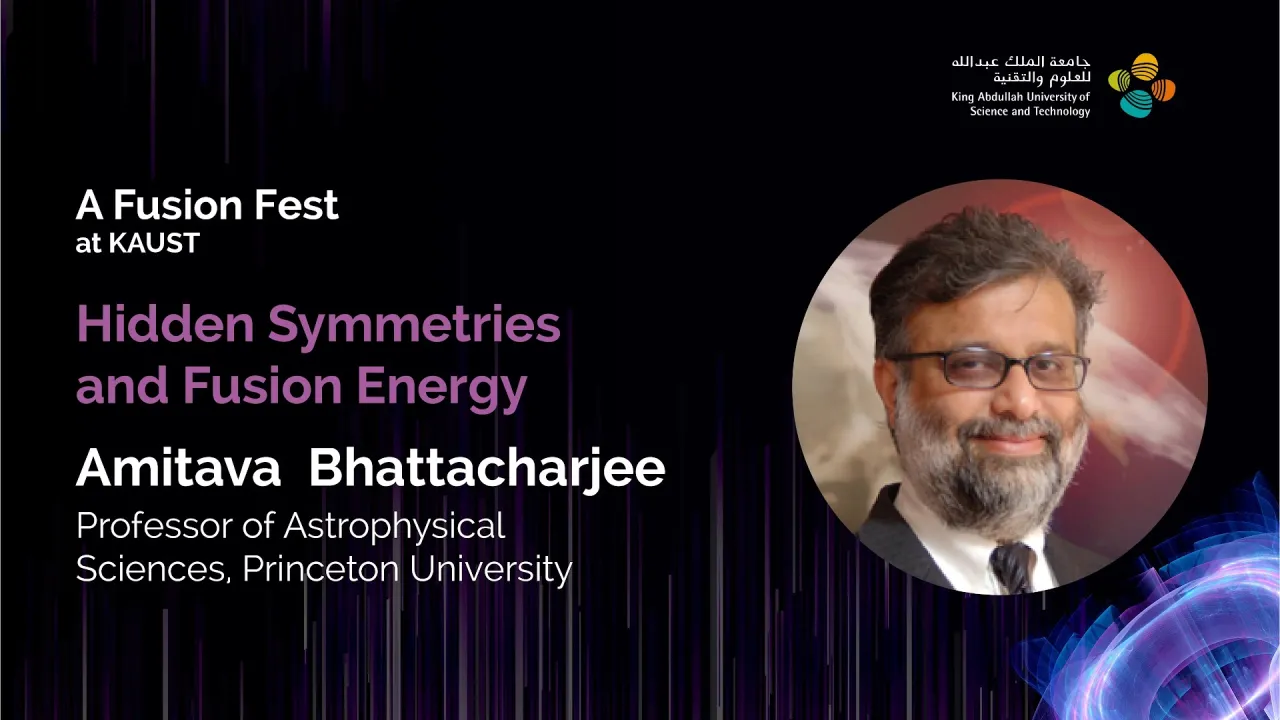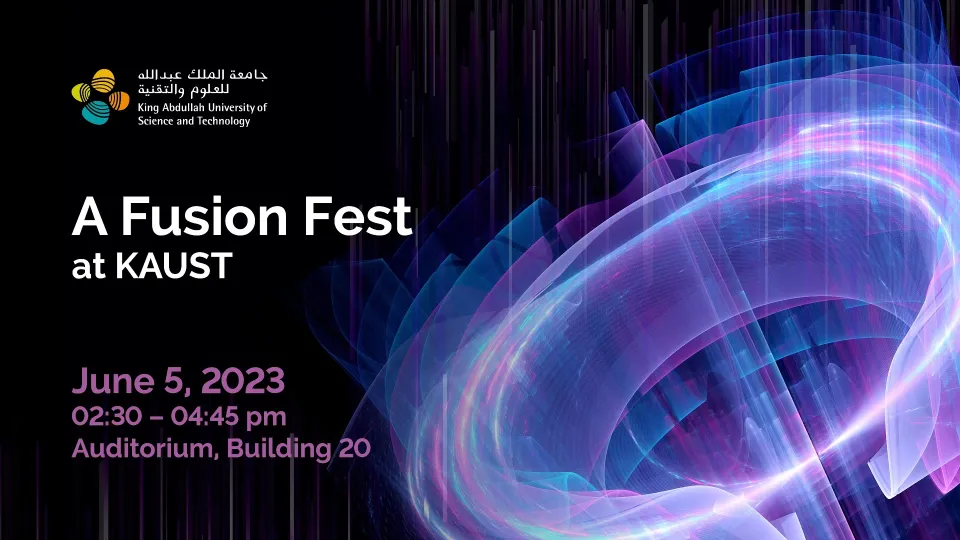
Lecture 1: Hidden Symmetries and Fusion Energy
- Prof. Amitava Bhattacharjee, Astrophysical Sciences, Princeton University
B20 Auditorium
The most compelling transformational use of magnetically confined, high-temperature plasma is to realize sustained fusion energy. The tokamak, which is the leading magnetic confinement concept in the world today, first realized in 1958, has the geometry of a torus and toroidal symmetry, giving it good confinement properties. Nevertheless, the tokamak has a number of unresolved stability issues related to its current-carrying plasma that may be obstacles to its ultimate success. In contrast, in the stellarator, the confining magnetic field is mostly produced by external current-carrying coils.
Overview
Abstract
The most compelling transformational use of magnetically confined, high-temperature plasma is to realize sustained fusion energy. The tokamak, which is the leading magnetic confinement concept in the world today, first realized in 1958, has the geometry of a torus and toroidal symmetry, giving it good confinement properties. Nevertheless, the tokamak has a number of unresolved stability issues related to its current-carrying plasma that may be obstacles to its ultimate success. In contrast, in the stellarator, the confining magnetic field is mostly produced by external current-carrying coils. Though the first stellarator predated the tokamak in 1953, a new concept in the design of stellarators has given it a renaissance – the discovery that it is possible to design 3D magnetic confinement devices with hidden symmetries that can have the confinement virtues as tokamaks while avoiding some of their inherent drawbacks. Advances in design optimization have been key to successful performance of the more geometrically complex stellarator. Results from the Wendelstein 7-X experiment at the Max Planck Institute of Plasma Physics in Greifswald (Germany), in operation since 2015, are compelling the design of the next generation of stellarators, which are expected to produce power for the grid within 15 years.
Brief Biography
Amitava Bhattacharjee is Professor of Astrophysical Sciences at Princeton University and former head of the Theory Department at the U.S. Department of Energy’s Princeton Plasma Physics Laboratory (PPPL), from 2012 to 2021. He received his doctorate from Princeton in 1981, earned master’s degrees from Princeton and the University of Michigan, and received undergraduate honors from IIT-Kharagpur. He has held an endowed professorship at the University of New Hampshire and previously taught at the University of Iowa and Columbia University. He leads the US Exascale Computing Project’s “Whole Device Modeling Application,” which simulates magnetically confined fusion plasmas, and he established the ongoing Simons Collaboration on “Hidden Symmetries and Fusion Energy” to optimize the design of stellarators. He is also founding director of the Princeton Center for Heliophysics and directs the Max Planck Princeton Center, which studies the role of plasma physics in the laboratory, astrophysical, and space plasmas.
Bhattacharjee is a Fellow of the American Physical Society, the American Association for the Advancement of Science, and the American Geophysical Union. He was a Fulbright Research Scholar and Invited Professor at the Ecole Polytechnique. He has served on the National Academy of Sciences Committee on the Decadal Assessment of Plasma Science and is the most recent recipient of James Clerk Maxwell Prize for Plasma Physics from the American Physical Society.

